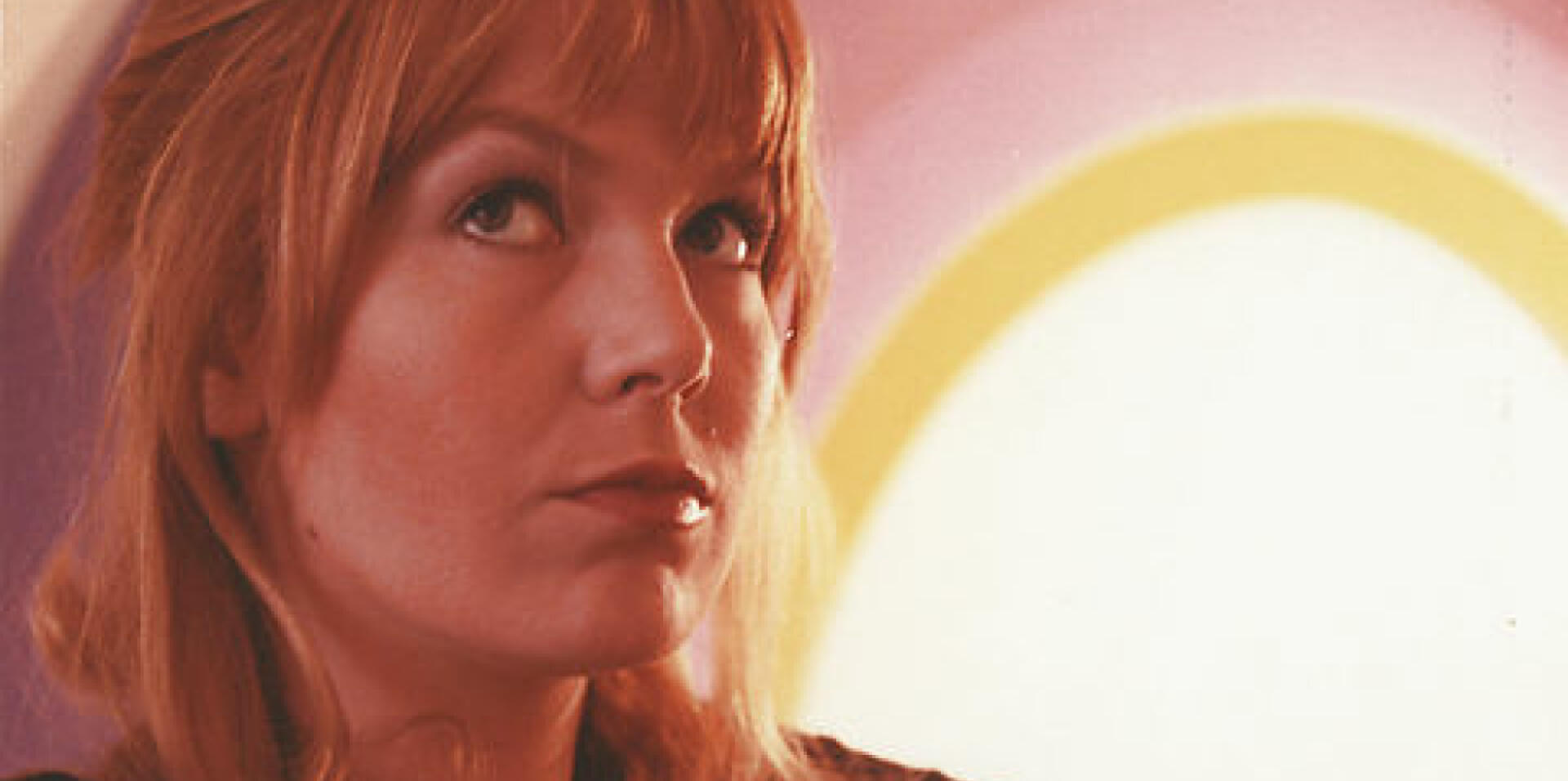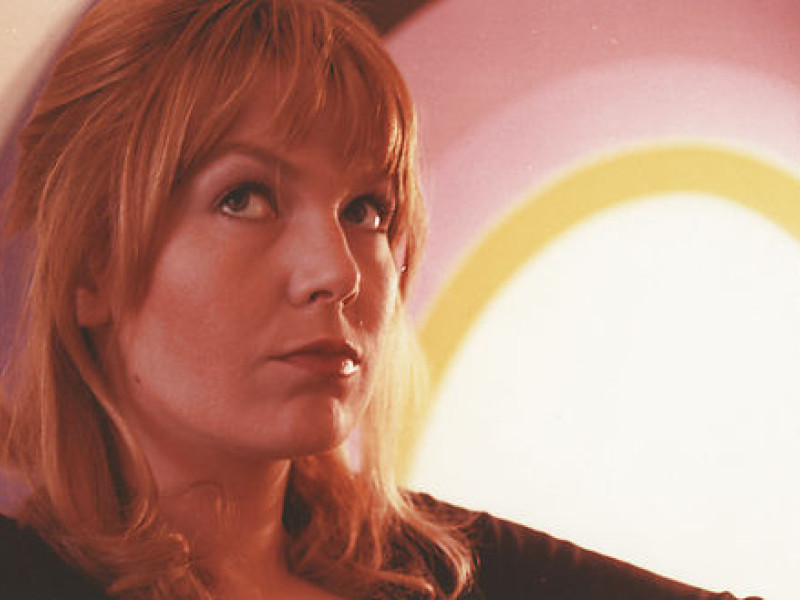Henrik Stangerup, 1937-98, pursued a versatile career as novelist, journalist, essayist and film director. His first novel, Slangen i brystet (1969, Snake in the Heart), influenced by the neo-realistic trend of the time, is about a Danish journalist who goes off the rails in Paris. In the 1970s his novels took a turn towards polemic social comment. Løgn over løgn (1971, Lie upon Lie) is a confrontation with the ascetic Puritanism which according to Stangerup characterised the cultural left wing of the day. Manden der ville være skyldig (1973, The Man Who Wanted to Be Guilty) is an attack on the welfare state from an existentialist perspective. Fjenden i forkøbet (1978, Forestalling the Enemy) is an autobiographical novel which, with great openness, recounts artistic and personal crises in the author’s life. In the following years Stangerup wrote his principal work, a trilogy of historical novels inspired by Søren Kierkegaard’s ideas about the aesthetic, ethical and religious man. Vejen til Lagoa Santa (1981, The Road to Lagoa Santa) is about the ethicist, the Danish 19th century naturalist P.W. Lund, who turned his back on European civilisation and settled in Brazil. The protagonist of Det er svært at dø i Dieppe (1985, The Seducer : It is Hard to Die in Dieppe) is the aesthete and critic P.L. Møller, who lived a dissolute life in Paris in the 1850s. Finally the religious stage is represented by the title character of Broder Jacob (1991, Brother Jacob), a Danish Franciscan driven into exile by the Reformation. He ends up as a missionary and fearless spokesman for the Indian population. The trilogy gave expression to Stangerup’s criticism of Danish Puritanism in a colourful epic of international perspective and format. Stangerup’s films are inspired by French culture, with which he became thoroughly familiar during several protracted sojourns in the country. The most original is Jorden er flad (1977, The Earth is Flat), which transplants the action in Ludvig Holberg’s comedy Erasmus Montanus (published 1731) to 17th century Brazil. As interpreted by Stangerup, the story of the arrogant peasant student who returns to his destitute childhood environment becomes a universally valid account of the intellegentsia’s betrayal of the people from which they spring. Like his novels and films, Stangerup’s extensive essay writing also testifies to his international outlook and uncompromising attitude towards intellectual conformity of every kind. But the essays, which are collected for instance in I flugtens tegn (1993, Flight is the Order of the Day), also include penetrating characterisations of countrymen such as Kierkegaard, the man of letters Georg Brandes and film director Carl Th. Dreyer – men who, like the protagonists in Stangerup’s novels, were too distinctive and intractable to fit into the cultural pattern of their day.

